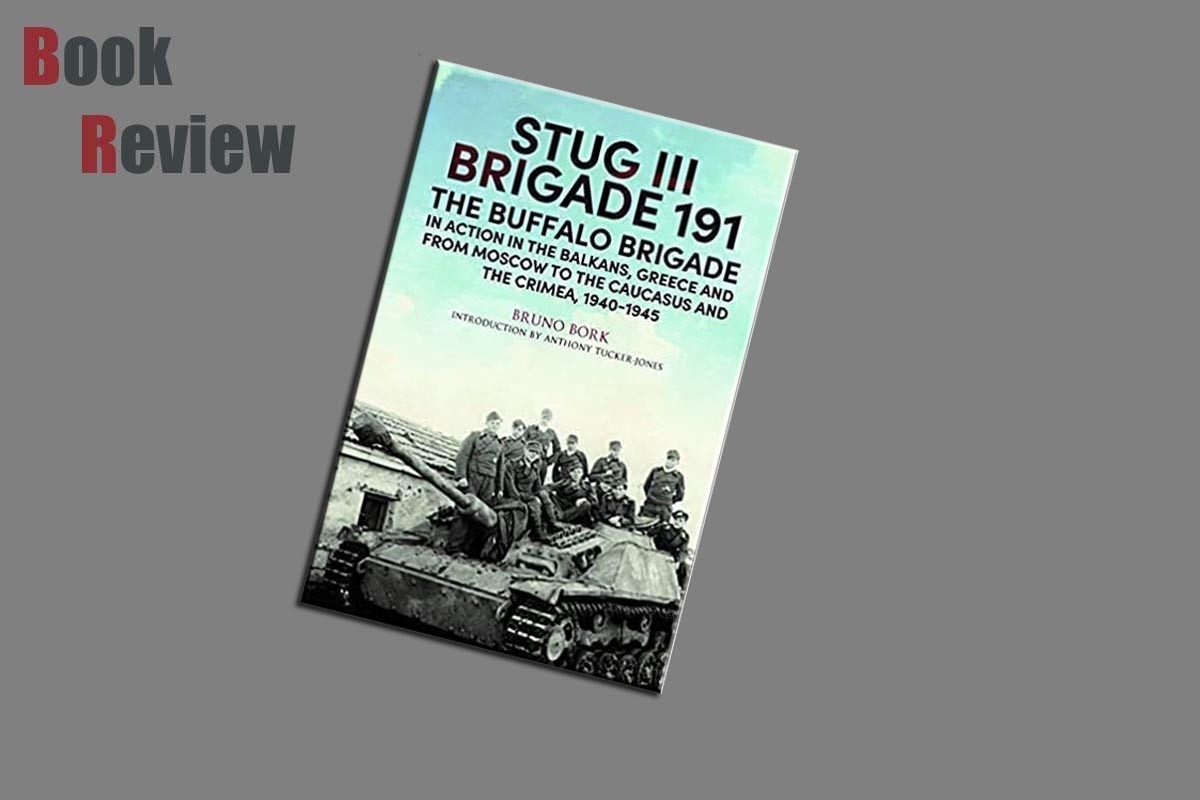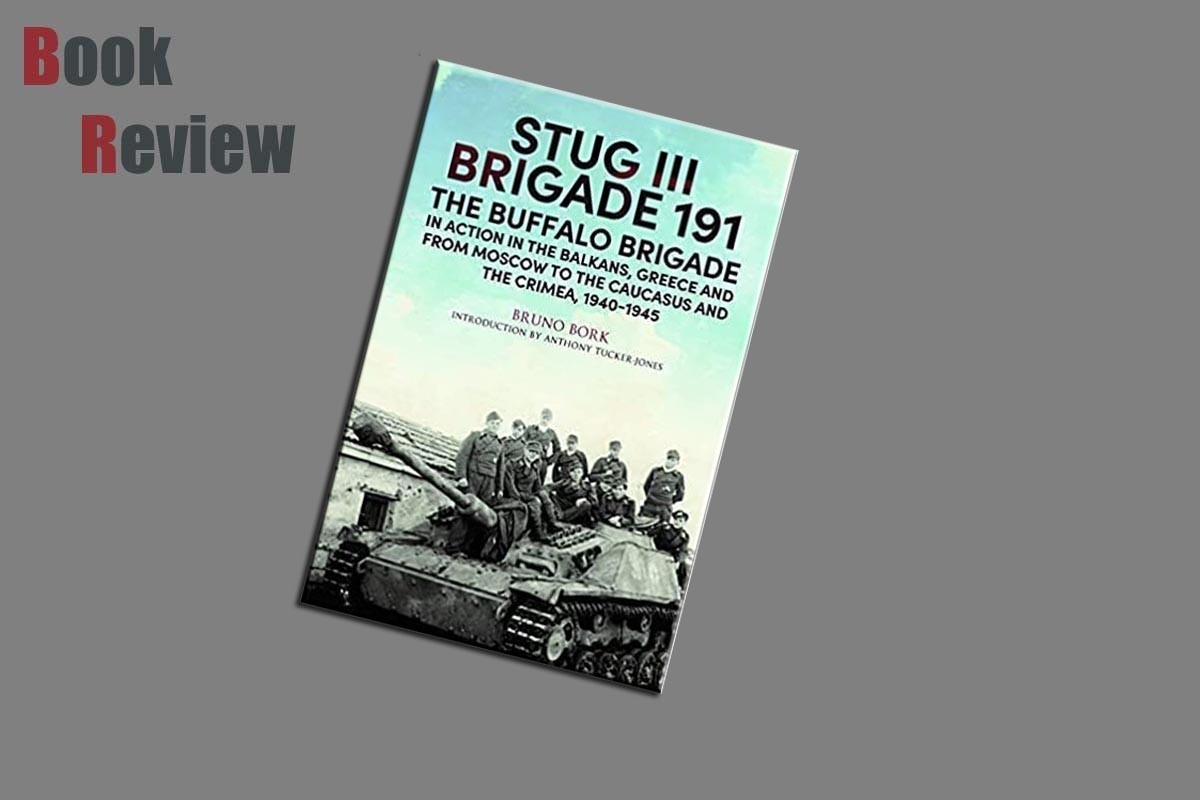
Introduction
The following introduction is taken from the Pen and Sword website:
Based on their experiences during the First World War, the Reichswehr decided that the infantry support gun of the future should be an armoured, motorized vehicle with an effective calibre of cannon: the Sturmgeschütz III. The weapon was used in the ‘fire brigade role’ at hotspots along the Front, where it was much feared by enemy forces.
This illustrated volume tells the tale of Brigade 191, aka the ‘Buffalo Brigade’, who used the Sturmgeschütz III as they took part in Operation Barbarossa in the Ukraine, saw action during the fight for Greece in 1941 and were deployed to the areas of heaviest fighting in the campaign against the Soviet Union. This began with the infantry advance from Ukraine to Moscow (1941): then to Voronezh, Kursk, the Caucasus and Kuban (1942), then the Kertsch Peninsula and the Crimea (1943-1944), before they were finally evacuated from Sevastopol into Romania by naval lighters. On the South-east Front (the retreat through the Balkans), the Brigade fought its way into Austria and was still fighting on the last day of the war to keep a corridor open.
Keen to write an account recording the tactical significance of the Sturmgeschütz III, while surviving members of Brigade 191 also wished for a cohesive documentary record of the war, Bork set about gathering military records and literature, as well as interviewing as many ex-Brigade men as possible, in order to bring this detailed account into being.
Review
This offering from Green Hill books and provided courtesy of Pen and Sword is authored by Bruno Bork, with an introduction by Anthony Tucker-Jones. This is a hard backed book of some 368 pages on a semi-matt paper and looks at a Stug unit primarily fighting on the Eastern front. The contents of this title are as follows:
Preface
Forward by Anthony Tucker-Jones
Introduction
Translators Notes
Chapter 1 The Formation of Stug Abteilung 191 at Juterbog, October-December 1940
Chapter 2 Operations in the Balkans, Spring 1941
Chapter 3 The Russian Campaign
Chapter 4 From Kursk to the Caucasus, 1942-1943
Chapter 5 The Retreat from the Caucasus, January-April 1943
Chapter 6 War in the Crimea, 1943-1944
Chapter 7 The Evacuation of the Kuban Bridge Head, 16th September - 9th October 1943
Chapter 8 The Struggle for the Crimea, 1943-1944
Chapter 9 Sevastopol, 16th April - 13th May 1944
Chapter 10 Defending the South Eastern Front, 1944-1945
Techincal Specifications
This book is one of those titles that is presented in a style that I find particularly enjoyable. It takes the words and memories of the people who survived the war, serving with Brigade 191 and presents that information in a coherent way that makes it reasonably understood, in a chronological order and gives the reader a great insight into a particularly brutal aspect of the war in Eastern Europe, using the words of those that were there, and who are now leaving us and taking World War II out of living memory.
There are a very good number of photographs provided in this title, covering many aspects of life both at and behind the front line. The photographs are I believe are those taken by the men and shows life as it was, rather than how countries want you to believe it was. The captions are short and to the point, but provide a reasonable level of information. It is the photographs having been taken by the men themselves, that provide what I consider to be poignant look at life on the Eastern Front, with an armoured unit during both good and bad times.
Conclusion
This offering from Green Hill books, and bringing together the memories of the men who served on the Stug III of Buffalo Brigade provides another good insight into war in the East. Presenting the memories in English. If I had to say of a potential negative, it will be that originally being transcribed from German, it may have lost something when presented in English. But if like me, you enjoy reading the words of the men who were there, then this is one of those books that you should look into.




























